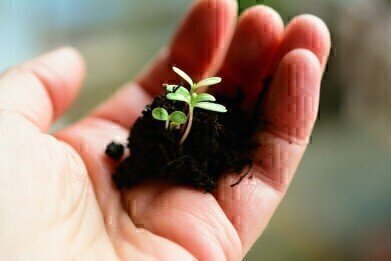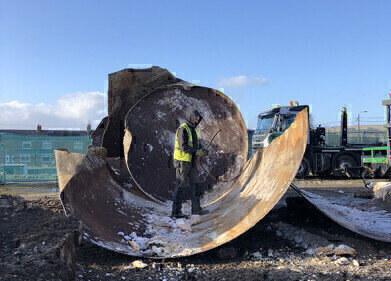Soil Remediation
What Methods Are Used for Soil Remediation?
Jun 21 2022
Soil remediation is the practice of cleaning up contaminated land so as to reduce the concentration of pollutants to a safe level, prevent them from spreading any further and make the terrain suitable for human use in the future. In recent years, it has become increasingly in-demand due to the environmental consequences of industrial activity all over the globe.
For example, one high-profile example of a successful remediation project took place during the pandemic in Germany, where an area of land previously contaminated by a refinery underwent a full recovery in order to make way for a new Audi manufacturing plant. But which methods are used to tackle such issues, and how do they differ? We delve deeper below.
Bioremediation
Rather than rely on chemical or industrial processes, bioremediation utilises biological means to attempt to destroy the contaminants in a given soil sample. More often than not, this involves deploying aerobic or anaerobic bacteria to consume the pollutants, after which the microbes themselves die off. Although environmentally-friendly and often highly effective, this method is only suitable for climates with consistently high temperatures and humidity, though insulation methods can be used to aid the process in colder locations.
Chemical application
The application of a certain cocktail of chemicals can be a very effective way of tackling organic and synthetic pollutants, including polychlorinated biphenyls (PCBs), total petroleum hydrocarbons (TPHs) and benzene, toluene, ethylbenzene and p-xylene (BTEX), among many others. The most common form of this technique is chemical oxidation, known as chemox for short, which is particularly helpful when treating soils that are difficult or expensive to access, such as those located beneath buildings.
Thermal soil remediation
As the name suggests, this technique relies on using heat in a Primary Treatment Unit (PTU) to evaporate hydrocarbons and other impurities in the soil. Most often, the PTU reaches temperatures of up to 480°C, serving as a sort of giant oven which bakes the soil. After the heating process, the soil is then cooled (often with the use of water to enhance temperature and dust control), before being tested and recycled. It is suitable for hydrocarbon spillages or contaminated water situations.
Encapsulation
Encapsulation is a stabilisation method of soil remediation. It differs from the above options in that instead of attempting to remove or destroy the pollutants, it simply aims to neutralise them so that they cannot spread further or contaminate other sources of soil or water. It does so by encircling the soil sample in an impervious material, such as lime, clay, concrete or synthetic textiles, ensuring it cannot penetrate further. Although effective, encapsulation effectively writes off the contaminated soil, thus making it a last-resort technology in the majority of cases.
Events
WEATHER • CLIMATE • WATER / EARTH OBSERVATIONS / GREEN ECONOMY
Oct 29 2024 St. Petersburg, Russia
Oct 30 2024 Hong Kong
Nov 05 2024 Toronto, Canada
Nov 06 2024 Ho Chi Minh City, Vietnam
Nov 12 2024 Valencia, Spain













